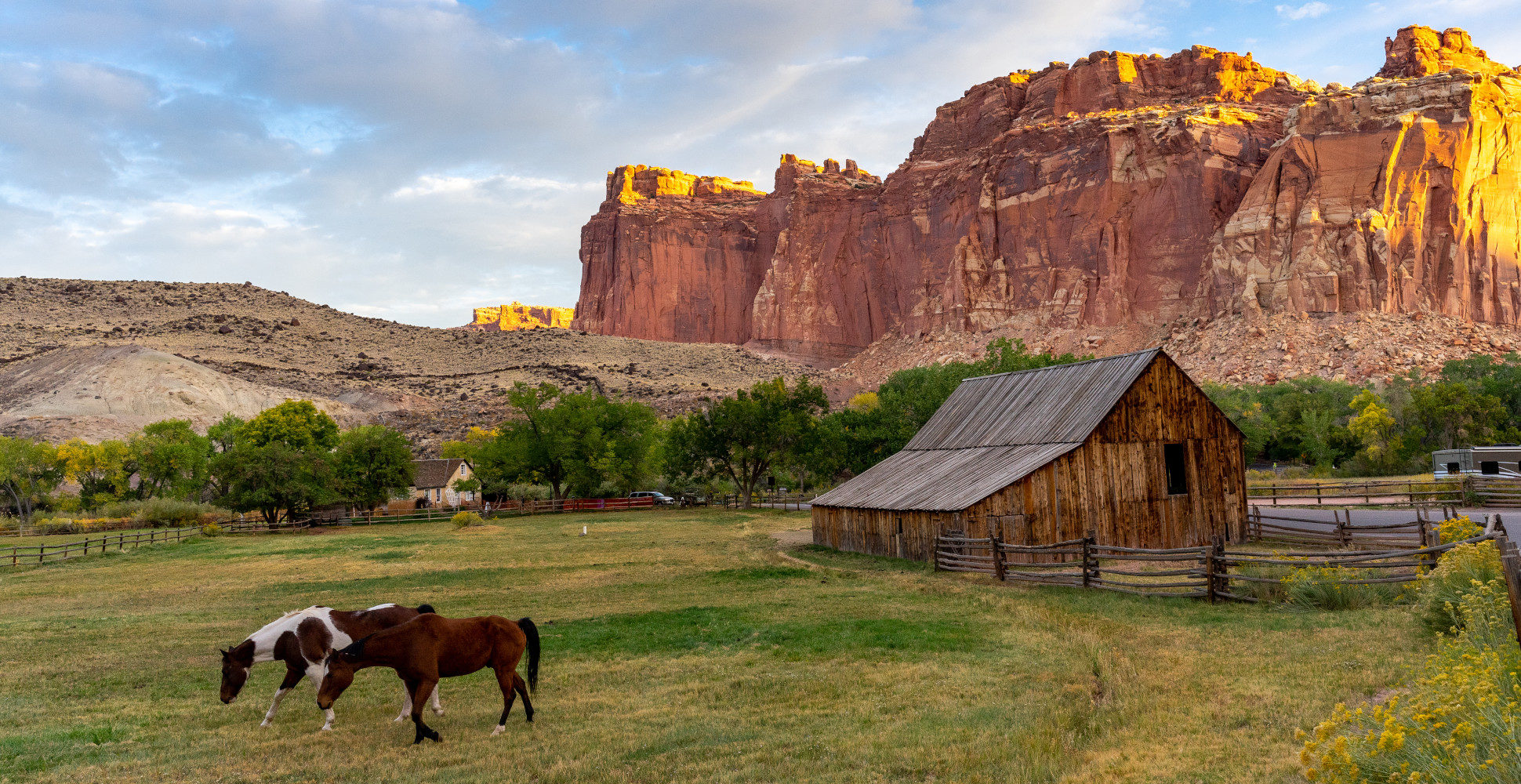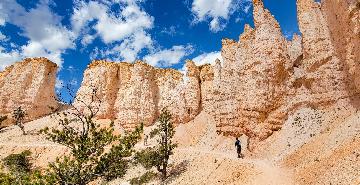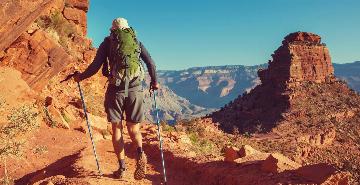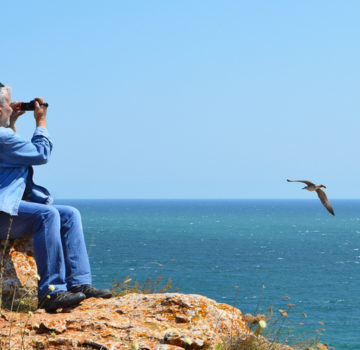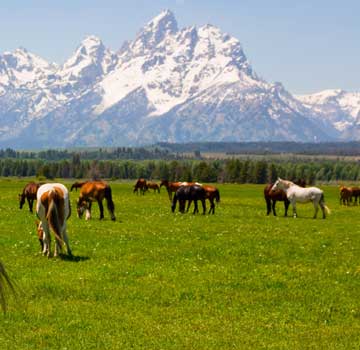Introduction to Capitol Reef National Park
Capitol Reef National Park, established as a National Monument in 1937 and attaining National Park status in1971, protects a spectacular jumble of colorful cliffs, domes, spires, twisting canyons and graceful arches. The Park encompasses the famous Waterpocket Fold, a unique geological formation stretching 100 miles across south central Utah. The Fremont River cuts through the middle of the Park, creating a productive riparian habitat in the bottomlands of the canyons.
Exploring Capitol Reef National Park
The official park entrance is near Fruita on Highway 24. Note that there are no dining services, groceries, or gas stations inside the park.
Highway 24 traverses the park from east to west. Highway 24 and Scenic Drive, which heads south from the Visitor Center, will lead you to most of the park’s scenic attractions and hiking trails.
Don’t Miss
The Capitol Reef Visitor Center: Located at the park’s west entrance, the Visitor Center has interesting and educational displays and an excellent library. There is also an informative slide show providing ideas on how to experience Capitol Reef, a bookstore, and bathrooms.
Gifford Homestead: You'll find the homestead one mile south of the Visitor Center, in the heart of the Fruita Valley. This was the 1908 home of polygamist Calvin Pendleton who built and occupied the home with his family for eight years. After an extended absence, the Gifford family occupied the home for 41 years, from 1928 to 1969, raising dairy cows, hogs, sheep, chickens, and ducks. The Homestead serves delicious locally baked fruit pies and homemade ice cream, but they run out early! There is also a small gift shop.
Fruita Schoolhouse: Built in 1896 by Fruita settlers, the schoolhouse (just under a mile east of the Visitor Center) is listed on the National Register of Historic Places. The building has been refurbished and appears much as it did in 1936. The school closed in 1941 resulting from a decline in the number of school-age children in the area.
Fruita’s Orchards: The orchards are located south of the Visitor Center on Scenic Drive. Trees were originally planted by the settlement’s pioneering families, and included cherry, apricot, peach, pear, apple, plum, mulberry, almond, and walnut trees. The orchard has been replanted using antique varieties popular pre-World War 1. You’ll find a variety of fruit and nut trees (apricots, apples, pears, walnuts, pecans, and more) and are invited to harvest on certain days throughout the picking season. You are also allowed to sample ripe fruit to eat in the orchard at no cost.
Some of our Favorite Capitol Reef Hikes
Chimney Rock (3.5 mile round-trip, 793-foot elevation gain, Trailhead just west of Visitor Center) takes you up a set of steep switchbacks, offering excellent views of Chimney Rock, both from above and below, as well as a good view out across the park.
Grand Wash (4.4 miles round trip, 400-foot elevation gain, Trailhead on Scenic Drive south of Visitor Center) is an easy, level walk up the dry wash bottom, with sheer canyon walls on either side. There are several side canyons to explore along the way.
Cassidy Arch (3.5 miles roundtrip, 670-foot elevation gain, Trailhead 4.7 miles south of Visitor Center via Scenic Drive and Grand Wash Road) was named for the famous outlaw. The trail leads you past gorgeous views to a beautiful arch.
Hickman Bridge (2 miles round trip, 400-foot elevation gain, Trailhead off Highway 24 east of Visitor Center). Takes you up to Hickman Bridge, a graceful curve of stone, 133 feet wide and 125 feet high, named after local educator, Joseph S. Hickman, who labored to preserve Capitol Reef as a park. Along the trail, you will see a ring of black boulders that was once the foundation of a pit house, and a structure that was a granary used by the Fremont people to store beans and corn. At the end of the trail, there is a view of the Fremont River from the rim of the canyon.
Rim Overlook (4.6 miles roundtrip, 1,110-foot elevation gain, Trailhead at Hickman Bridge Parking Area) takes you on a well-maintained trail through pinion pine and juniper amid red and cream-colored rocks. The trail is well-marked for the most part, with certain stretches requiring that you follow cairns (rockpiles that mark the trail). Your reward is a sweeping view of the orchards, Waterpocket Fold to the south, and domes to the east.
History of Capitol Reef National Park
Capitol Reef has a unique human history. There is evidence of the Desert Archaic culture dating back to at least 1,000 BC. People of the little known but widespread Fremont Culture lived along the Freemont River as early as AD 700, sharing the rugged slickrock wilderness of the Colorado Plateau with the Anasazi, or Ancestral Puebloans, who lived to the south, east and west. The Fremont people hunted and gathered their food as well as planted gardens of corn, beans and squash. When they mysteriously disappeared sometime after AD 1250, they left behind few traces of their life. The rock art they painted (pictographs) and incised (petroglyphs) on canyon walls can still be seen in several places throughout the park. Later, nomadic Utes and Paiutes hunted throughout the Waterpocket Fold country. Mormon settlers arrived in the late 1800s and early 1900s, and established the small town of Fruita. With skillful irrigation, this area became well known for productive orchards, which can still be enjoyed—and picked from—today.
Once the monument was set aside in 1937, the farmers and their families gradually moved away, though signs of the early settlements still exist, such as an old log schoolhouse, which also served as the social center for the community, and a variety of other structures scattered around the historic orchards and fields. The orchards still produce fruit, and the park service continues to maintain them and plant new trees, particularly cherry and peach. Visitors may actually stroll through the orchards and eat fruit from the trees for a small fee during while they’re producing. This agricultural aspect of Capitol Reef is unique in the park system and offers a wonderful green contrast to the dry desert character of the sandstone cliffs and canyons.
Wildlife in Capitol Reef National Park
The orchards are an excellent place to view wildlife. Mule deer are plentiful, and you may see yellow-bellied marmots, and the pheasant-like chukar.



